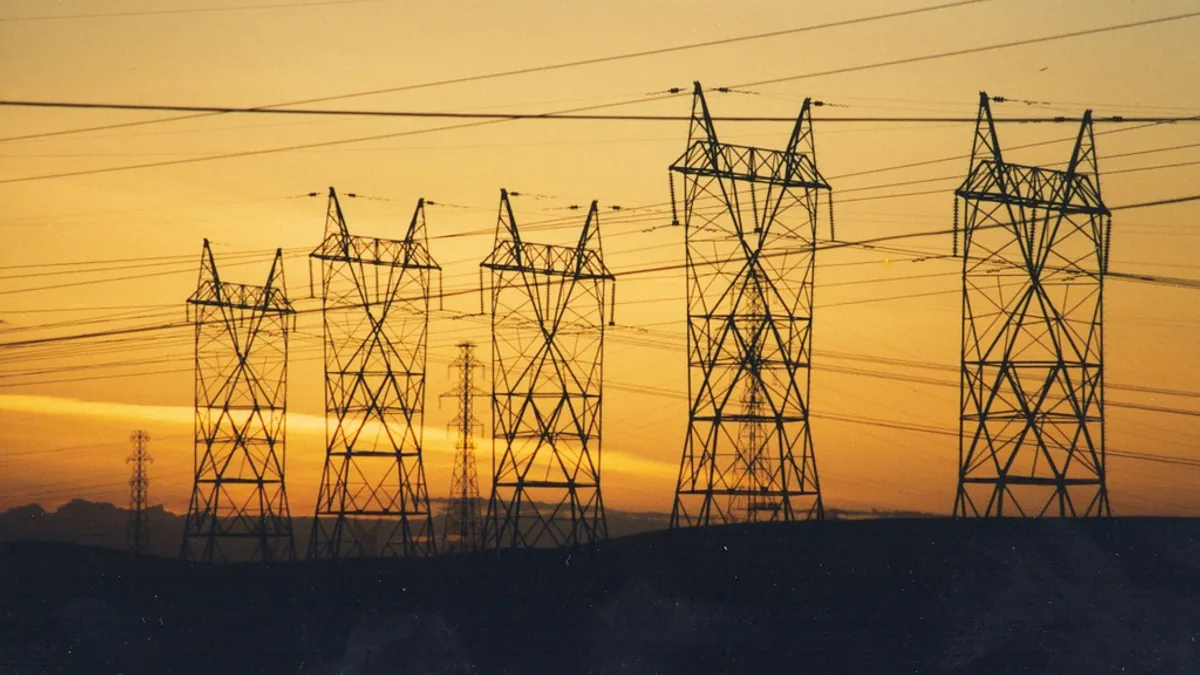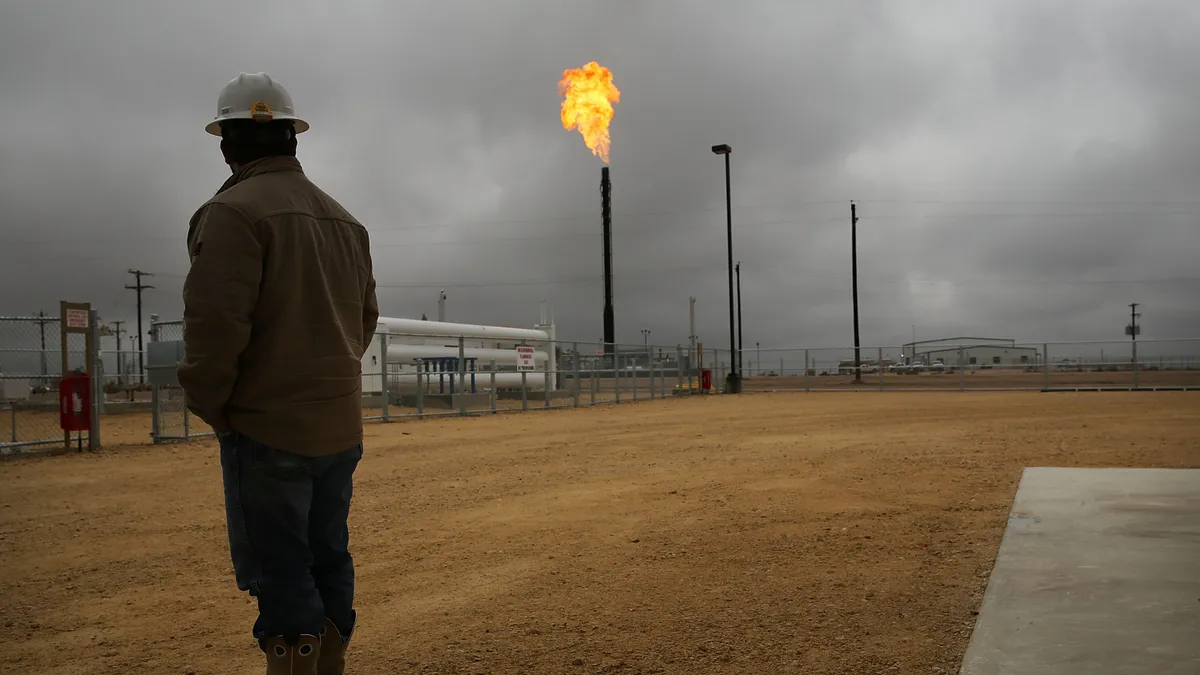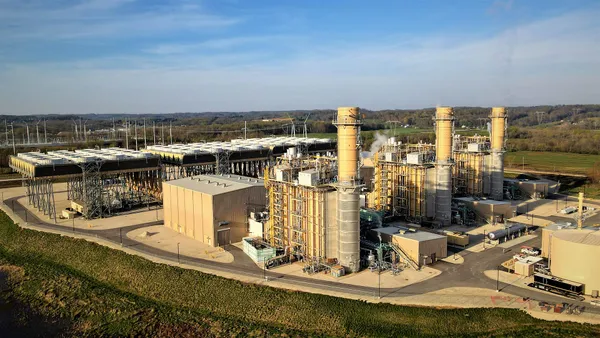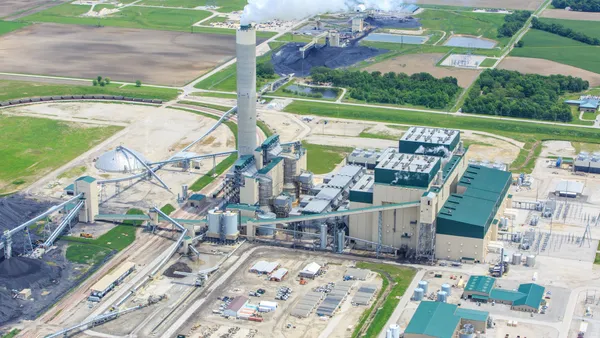Dive Brief:
-
Hot weather across much of the upper eastern portion of the United States is spurring demand, but not significantly higher prices.
-
The PJM Interconnection issued a hot weather advisory late last week that extended into this week that urged market participants to defer any unnecessary maintenance on their power plants in case they are needed.
- The Midcontinent ISO also issued a hot weather alert for its north and central regions last week and terminated that alert on Tuesday as temperatures were expected to return to more moderate levels.
Dive Insight:
In PJM’s 2017 quarterly report, the RTO’s independent market monitor said PJM’s wholesale market was competitive and would have enough generation to meet demand.
The report also noted that power prices in the first three months of the year were about 13% higher than in 2016, mostly because fuel costs were higher. But Platts reported that real time power prices for the two regions were “mostly tame” with prices in PJM going as high as the low $50s/MWh and MISO prices were in the low to mid-$30s/MWh.
PJM’s demand forecast for Wednesday was 133,800 MW, which compares with Tuesday’s peak forecast of 139,595 MW. In its summer outlook, PJM said summer peak demand could hit 153,000 MW, slightly above last summer's peak of about 152,000 MW. PJM's all-time summer peak was around 158,000 MW, which was hit in July 2011.
MISO’s peak demand forecast for Wednesday was 116,000 MW. The grid operator earlier this year estimated its summer peak would be about 125,000 MW. MISO’s all-time summer peak of 127,000 MW was set in 2011.
Natural gas and power prices have moderated somewhat since the winter, as energy markets trade in the "shoulder season." However, demand will spike as summer weather approaches. And in regions where natural gas is a primary fuel, that could send prices higher as the United States is no longer in an gas over-supply situation, due in part to the decline of conventional gas production.














